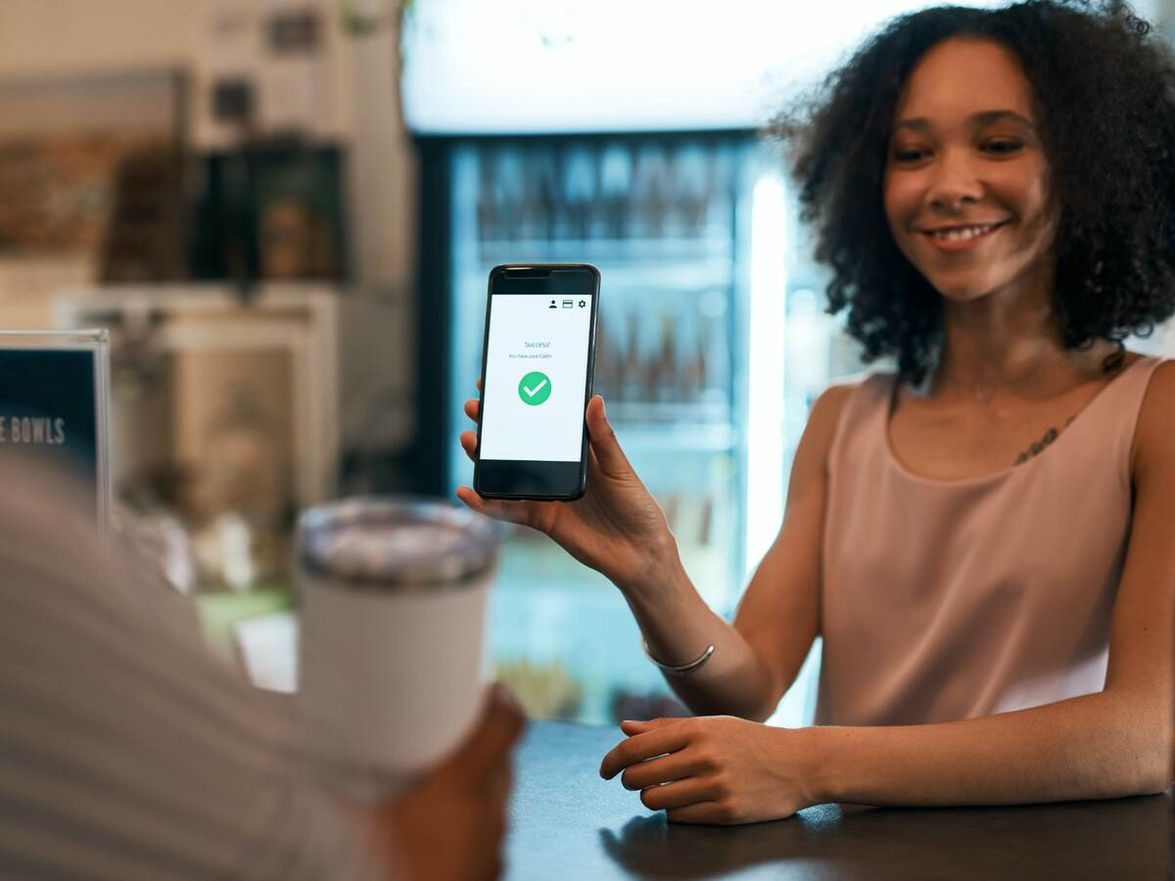The impact of one-button checkout solutions.
Two of the leading payment schemes made headlines by announcing their intent to do away with their proprietary online “checkout buttons” and instead combine their online checkout solutions into one single button.
There is a lot of logic behind this decision, as anyone who has tried to order online recently will surely understand. Upon reaching the checkout page of an e-shop, the user is assaulted with a huge array of options to proceed with the payment – each payment scheme has its own proprietary button, and they will likely be joined by a host of others, such as PayPal or Amazon checkout. Combining all of the scheme options into one single button will go a long way towards decluttering this screen and generating a better user experience. Merchants stand to benefit as well, as they no longer need to design their sites to support multiple unique payment technologies, all with different SDKs. By switching to the one-button approach merchants will in essence need to spend less development effort to support more cards. Lastly, the payment schemes themselves are certainly incentivized to move in this direction in order to sway their users to use their button as opposed to a third-party option, such as PayPal.
One-button checkout and EMV secure remote commerce.
While this is certainly an interesting development in the world of e-Commerce, it joins a growing number of recently announced or already in use e-Commerce technologies such as EMV’s Secure Remote Commerce Framework (EMV® Secure Remote Commerce (SRC) – Technical Framework) and 3-D Secure (EMV® 3-D Secure Protocol and Core Functions Specification). Where exactly does the One-Button checkout fit in?
It stands to reason that a one-button checkout solution would leverage EMVCo’s Secure Remote Commerce Framework (SRC) when being designed. With SRC EMVCo is aiming to standardize the way online transactions are performed, as well as increase the security and user experience of each transaction, much as they did with their contact and contactless chip specifications in the physical retail world.
If we look at the roles described in the SRC framework, a clearer picture begins to form of how a one-button checkout might fit in. A merchant would provide a Digital Shopping Application, either in web or mobile form, which allows for a user to browse their products, select which they would like to purchase and proceed to the checkout.
The next role as described in EMV® Secure Remote Commerce (SRC) – Technical Framework is that of the SRC Initiator, which is where a one-button checkout solution could come into play. SRC Initiators place an SRC mark on the checkout page of a Digital Shopping Application (e.g., the unified checkout button), and are responsible for initiating the payment, exchanging information between different parties in the SRC system, handling credentials, and starting authentication and/or tokenization if supported.
The last major role laid out in the SRC framework is that of a Digital Card Facilitator, which handles the issuing and storage of a user’s card data. Digital Card Facilitators will not be visible to a cardholder, but rather interact with the SRC Initiator via API to communicate the requested information. This role is similar to that of a Digital Enablement platform if we compare it to the world of Mobile Payments. In the case of a unified single button checkout solution, the participating payment schemes could either work together to create one joint Digital Card Facilitator or each scheme could build its own version of the role.
SRC also allows for the optional use of complementary authentication and tokenization services to improve the security of e-commerce transactions. EMVCo’s 3-D Secure is already used as a method of authenticating a Cardholder when realizing purchases online, and the updated version of the technology, 3DS 2.0, is right around the corner. Similarly, EMVCo’s existing tokenization specification (EMV® Payment Tokenization Specification – Technical Framework) is used as the basis for many tokenization services. While in the EMV® Secure Remote Commerce (SRC) – Technical Framework the use of 3-D Secure and Tokenization appear as optional, it is safe to assume that the payment schemes would make use of both, as the payment schemes are already making use of these technologies in the present.
All things considered, the announced one button checkout fits nicely into the SRC framework provided by EMVCo, and can easily be accompanied by complementary technologies that are already in use such as 3D-Secure and Tokenization. When implemented, the one-button checkout solution should go a long way towards not only improving the experience of making a purchase online but helping to ensure the security of information for all parties involved.
For more information on some of the topics touched above, please get in touch for an in-depth discussion with a Fime Solutions expert.

